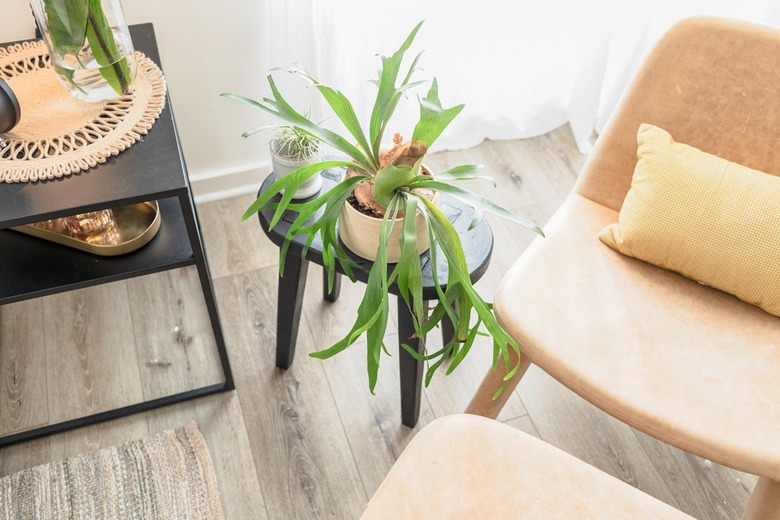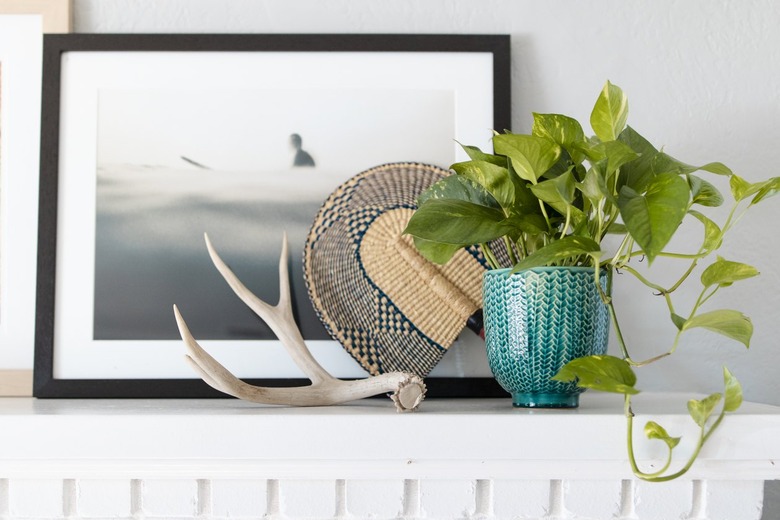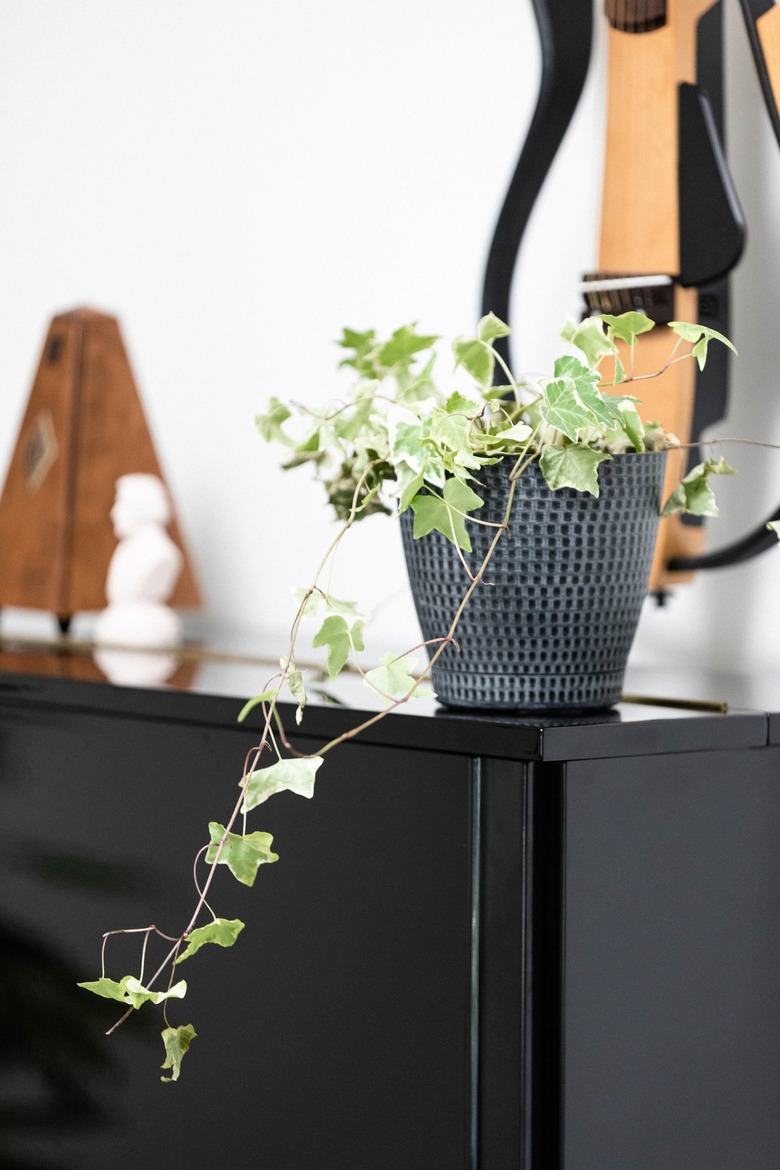Got Houseplants? Every Spring, Do This
With the arrival of spring, there is a sense of awakening as the days get longer. Not only do we get a feeling of renewal, our houseplants get a burst of energy, too — they sense that the growing season is beginning. Here's how you can help them get ready, get set, and thrive in a number of key ways during this time of year. (And if you're looking to add new plants to your space, these houseplants are ideal for spring.)
Spring Cleaning for Houseplants
Spring Cleaning for Houseplants
You may not realize it, but houseplants need spring cleaning even more than your basement does. That's because they are alive and ready to grow. Springtime gives them the green light to speed into growing season, but dust, dir, and dead foliage can hold them back.
Start with dusting. Dust on foliage isn't just unattractive for plants, it can also block sunlight from penetrating which means photosynthesis — the process plants use to create energy from sunshine — is slowed. When outdoor plants get dust or dirt on their leaves, nature gives them a rain shower to wash it off. Indoor plants count on you. Wipe plant leaves with a soft, moistened cloth or offer them a shower in the tub or sink. Use a soft brush on fuzzy leaves.
While you are cleaning your houseplants, take a moment to snip off yellowing or wilted leaves. Broken or diseased branches should also be prune out. This will make room for new growth.
Time for a Bigger Home
Time for a Bigger Home
While you clean a plant, take a moment to consider whether the plant should be up-potted, or, given a larger home. The best way to do this is by removing the plant very gently from its container to check the roots. If the container is packed with roots, or if the roots are circling around inside the pot, it is time to move them up.
Don't think extremes here. The new pot should only be more than a couple inches larger than the old. If you suddenly double the pot size, the plant may not be able to cope with all that moist soil and the roots might rot. Be sure you pick one with excellent drainage holes and use a quality potting soil.
As an alternative, you can root prune. Get clean, sanitized clippers or garden scissors and trim out up to one-third of the plant's roots. Use fresh potting soil when to repot. This means the roots have room for new growth.
More Water and Fertilizer
More Water and Fertilizer
Plants need less water and nutrients during the winter season. At this time, they aren't producing much new growth and even evergreens lull themselves into a semi-dormant state. But as spring approaches — even as early as the last week in February — they feel life stirring again.
This means that you have to forgo the winter watering and feeding schedule and go back to active duty. Each plant is different but the odds are, all will need watering more often now. Check the soil in their pots and water when it feels dry.
When it comes to fertilizer, don't go overboard. Too much fertilizer is one of the seven deadly houseplant sins, and too little is always preferable. In spring, you should start to feed your plants again every few weeks. Use a balanced, water-soluble fertilizer diluted to about half strength. If you've up-potted, the potting soil may have fertilizer added, so be sure and check before you feed them. If that's the case, don't feel again for three weeks.
Watch the Rays
Watch the Rays
Sunshine is harder to come by in winter than summer. We see the sun less often, plus the rays on a sunny winter day aren't necessarily hot. To give our plants a taste of sunshine, we move them closer to the window. But watch those rays as spring, especially at west-facing and south-facing windows.
Even plants that like a lot of sun need some acclimation time. This is especially true in springtime, when tender new leaves are unfurling. To avoid leaf burn, hang a sheer curtain in the window as a filter, or just move the plant back a bit. Note that this does not apply to succulents or cacti — they soak it up and ask for more.
Not sure if the window's sunshine is too hot? Test it out by putting your hand there at the brightest part of the day. If it's too hot for your hand, it's too bright for your plants. Once you get your plants placed according to their best interests, turn, turn, turn. Yup, you need to turn those houseplants every week to give all the leaves sun exposure.
Give Them Love
Give Them Love
Don't forget that your plants are not just furnishings — they are living, breathing life forms that you have chosen because they bring you joy. Spring is a great time to renew that relationship.
As you dust, as you repot, or move each plant, note its new leaves, appreciate it's special beauty. While the verdict is still out as to whether houseplants do better with love (such as talking to your plants), there is no doubt that reawakening your own pleasure in plants will make your spring a better one.


